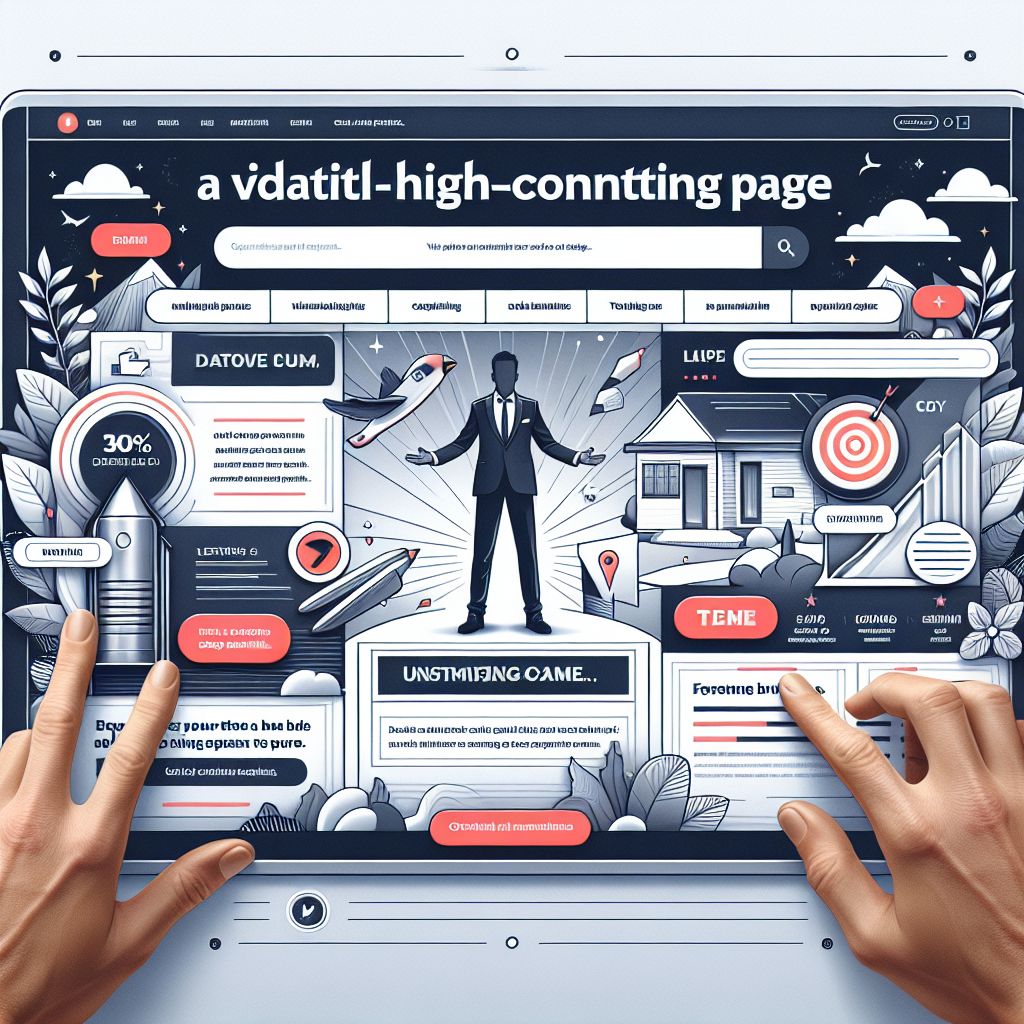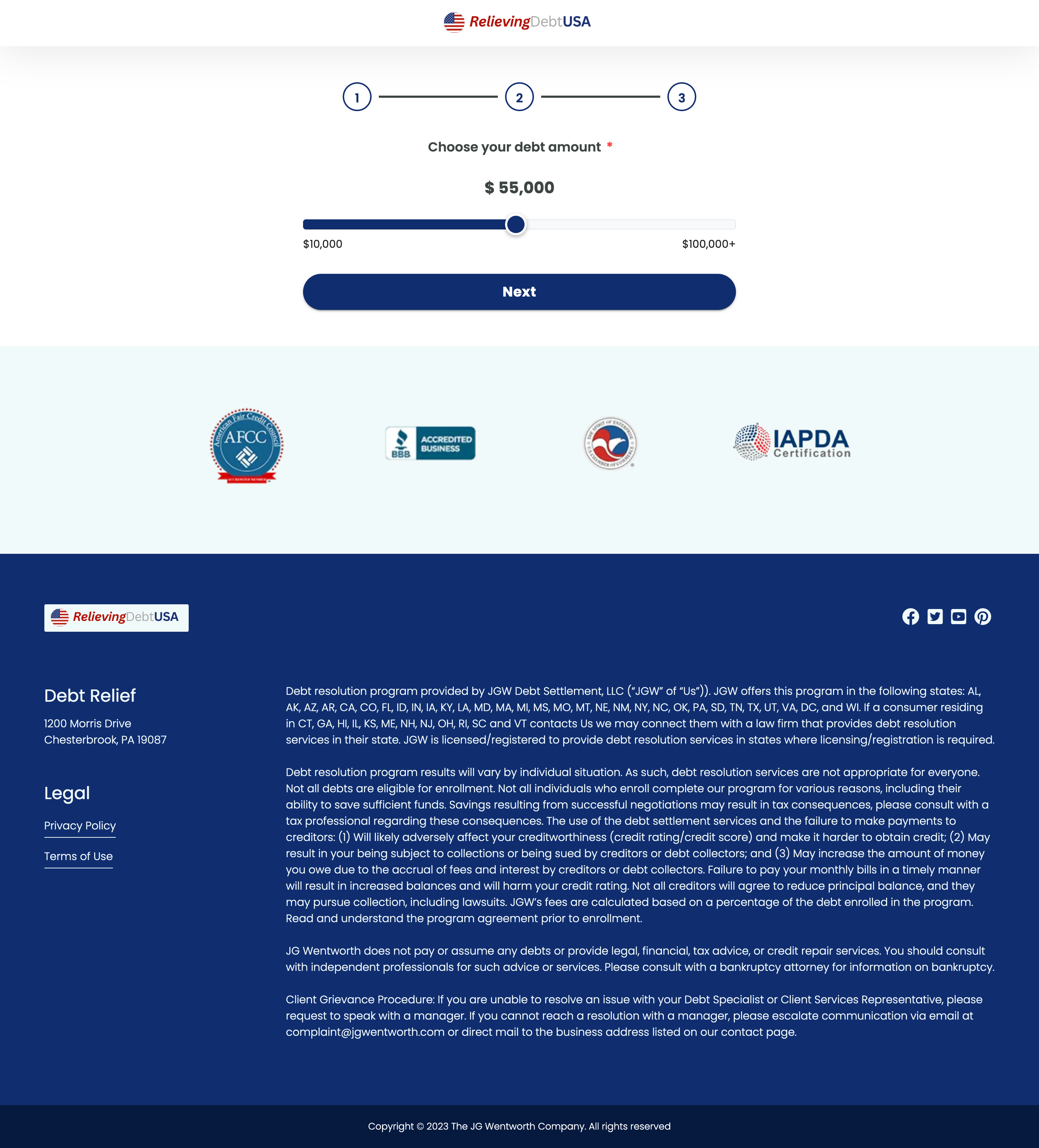Best Practices for Designing a High-Converting Landing Page
Introduction
Designing a landing page that effectively converts visitors into leads or customers is crucial for
achieving your marketing goals. A high-converting landing page is not just about aesthetics; it combines
compelling content, strategic design, and usability to provide a seamless user experience. In this
comprehensive guide, we will explore the best practices for designing a landing page that not only
attracts visitors but also encourages them to take desired actions.
Understanding Your Target Audience
Before designing a landing page, it’s essential to have a deep understanding of your target audience.
Begin by identifying their pain points, desires, and preferences. Utilize tools such as audience surveys,
market research, and analytics data to gather insights. Tailoring your landing page content and design to
address the specific needs and expectations of your target audience increases your chances of conversion.
Crafting a Compelling Headline
The headline is the first element visitors see on your landing page. It should be clear, engaging, and
concise, addressing a problem or offering a solution. Use action-oriented language that emphasizes the
benefits or value proposition. A well-crafted headline captures attention and encourages visitors to read
further.
Effective Visual Design
Visual design plays a key role in keeping visitors engaged with your landing page. Utilize a clean and
visually appealing layout with balanced use of white space. Incorporate high-quality images, videos, and
graphics that support your message. Consistent branding elements, such as color schemes and typography,
help establish brand identity and recognition.
Using Clear Calls-to-Action (CTAs)
Calls-to-action are critical components of a landing page, guiding visitors towards the desired conversion
goal. Use clear, concise, and compelling CTAs that stand out from the rest of the content. Position CTAs
strategically throughout the page, ensuring they are visible and accessible. Consider using color contrast
to make CTAs prominent and encourage clicks.
Building Trust
Building trust with your visitors is essential for high conversion rates. Incorporate trust signals such as
customer testimonials, reviews, certifications, security badges, and case studies. Transparent and honest
communication about your product or service builds credibility and reduces hesitation to convert.
Optimizing Page Speed
Page speed impacts both user experience and search engine rankings. Optimize images and media files,
leverage browser caching, and minimize HTTP requests to improve load times. A fast-loading landing page
reduces bounce rates and keeps visitors engaged, increasing the likelihood of conversion.
Mobile Responsive Design
With a significant amount of web traffic originating from mobile devices, having a mobile-responsive
landing page is crucial. Ensure your page is easily navigable, with readable text and appropriately sized
buttons on mobile screens. A responsive design not only improves user experience but also enhances your
SEO ranking.
Implementing A/B Testing
A/B Testing allows you to optimize your landing page by experimenting with different design and content
elements. Test variations of headlines, images, CTAs, and layouts to determine what resonates best with
your audience. Use analytics tools to gather data and make informed decisions based on performance metrics.
Conclusion
Designing a high-converting landing page requires a thoughtful approach that combines understanding your
audience with strategic design and optimization techniques. By implementing these best practices, you can
significantly improve your conversion rates and achieve your marketing objectives. For those looking to
analyze or save existing landing page content, consider using a landing page ripper tool to capture, download, and save landing page assets effectively.









